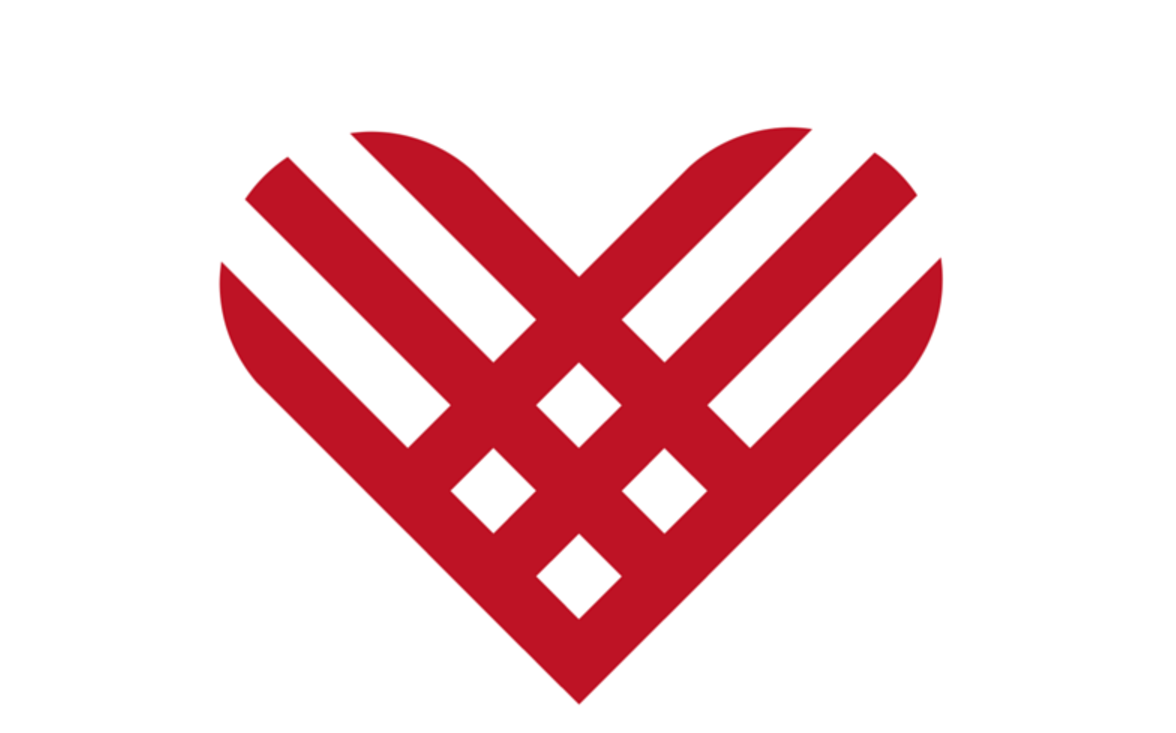Giving days don’t have to be huge, elaborate, all-encompassing events that drain the time and resources of your nonprofit staff. The biggest giving day of the year, #GivingTuesday, can suck up a lot of attention and effort but fundraisers can just as easily find themed days that match the organization’s mission.
Giving days can be done a number of times throughout the year, segmenting donor audiences that fit particular needs and increasing segmentation with campaigns and content relevant to donor groups, according to Emily Sandler, director of digital photography at City of Hope (CoH). Sandler was part of a panel at the DMA Nonprofit Federation’s Washington, D.C. conference entitled “The Giving Movement – Why It’s Not Just About Tuesday.”
The Duarte, Calif.-based research hospital planned several days focused on specific initiatives and giving and the plan is to grow that more this year. Giving days create a sense of urgency for giving while increasing online donors and giving overall for the institution, Sandler said.
Giving days can be a way to isolate your organization in a whole world of nonprofits doing such days. The importance of all giving days is to further an organization’s mission to turn more people into philan thropists, thus expanding impact and ultimately creating a culture of giving.
City of Hope’s marketers used mission-oriented content outside of traditional communications to build engagement with a 30-second challenge and to highlight its groundbreaking research for World Cancer Day in 2016. The result was almost $11,000 from 92 gifts, including 39 percent new donors while also testing into a new control donation form.
Doctors’ Day, a targeted campaign to patients, allowed patients to thank doctors by giving in their honor, creating a peer-to-peer fundraising page to raise money directly for their doctors. More than $9,000 was raised through 60 gifts, from patients only; no peer-to-peer pages were directly attributable. Sandler said there is room to take the campaign to a wider audience after a strong performance in a seasonally challenging time, with a limited audience.
The research hospital plans to continue to grow and scale giving days for a second year, working on new campaigns for a Bone Marrow Transplant Reunion Day and Survivors Day.
For #GivingTuesday last year, City of Hope raised almost $200,000 from more than 1,500 gifts. City of Hope first participated in #GivingTuesday in 2013, starting with a smaller campaign with many asks to “give,” including donate being one of them. The next year, they asked for things like blood or platelets but still no donation ask.
It was 2015 when City of Hope took its first big leap into #GivingTuesday, building excitement with a pledge to give on that day, with a 5x match from a corporate sponsor.
The ask was designated to support the Biller Patient and Family Resource Center. The result was almost $120,000 raised from 681 gifts, including 36 percent new donors. City of Hope sent engagement emails before #GivingTuesday, with a call to action to pledge to give on that day. Pledges were not a good indicator of future giving, Sandler said, suggesting also to give people the chance to make a gift early.
In spite of $168 million in contributions attributed to #GivingTuesday, it does have its skeptics. Some fear it’s just moving the timing of donations, cannibalizing year-end giving and others have noted the deluge of messages make it difficult for charities to stand out.
Like any good fundraising tactic, #GivingTuesday has become a crowded digital day, panelists acknowledged. Yet, the annual day of giving is still good at converting both cold and warm prospects.
When American Heart Association (AHA) jumped into #GivingTuesday, there was a fear that all it would do would cannibalize its own file, pulling year-end donors forward into early December, according to Andrew Magnuson, national director of digital fundraising. “That turned out not to be the case,” he said.
AHA first began promoting #GivingTuesday in 2014, raising about $69,000 — an increase of 156 percent compared to 2013, with little effort. AHA used a general “year-end/holiday” light box with a #GivingTuesdaybranded donation form and sent one day-of email appeal. There was no coordinated social media or other cross-channel support, with limited alignment of the #GivingTuesday brand with AHA supporter motivation. “It made believers out of us,” Magnuson said.
More traditional annual donors are going to donate in the last five days of the year no matter what. And, #GivingTuesday turned out to be a pretty effective vehicle for grabbing new donors. About 70 to 80 percent of donors to AHA were first-timers.
“If we can raise a little bit of money without trying hard, what happens when we try,” Magnuson said. So in 2015, AHA went with a more holistic approach to #GivingTuesday. November included a three-part stewardship series that used video to focus on family and personal impact, targeted at a large volume of past-year event participants who had not received prior stewardship messaging. The offer focused on immediacy and tangible impact, urging donors to “Save 431 lives today.”
The efforts paid off with a 341-percent increase in the number of social media shares but also a 71-percent jump in funds raised over 2014, with the highest revenue percentage driven by search engine marketing (SEM). SEM is “a bit of an arms race when it comes to these Giving Days,” Magnuson said.
The November stewardship was crucial in warming up the event participant segment of AHA’s donor prospect file. Of those who clicked a Thanksgiving video and made a #GivingTuesday gift, 63 percent were first-time donors. For the thank you email, open rates (16.24 percent) and click-through rates (2.8 percent) were among the highest the file has seen.
Last year, AHA continued the “Thanksgiving Stewardship Month” and boosted its social media playbook, including paid social creative testing on Facebook for the first time. It also increased investment in SEM to its own branded keywords for #GivingTuesday, with ad copy and landing pages tying in with email campaign themes of “family” and “loved ones.” A multi-part email series tested a different creative for different prospect audience types.
The priority was insights into what type of messaging works for different audience types more than raising money. For millennials, it was messaging that was aspirational while for Generation X it was a about relationships and young family. For Boomers, it was about multi-generational connections.
With #GivingTuesday proving to be a good converter of warm prospects, AHA identified a standalone giving day, National Giving Day, as a new tactic based on its strong brand equity and high mindshare in February. It was well positioned to leverage corporate sponsorships as a match opportunity and accelerate revenue for existing campaigns and programs like Heart Walk, Jump Rope for Heart and Go Red for Women. The goal was to deliver a core set of assets that could be customized across programs, Magnusson said, to drive a spike in promotion and awareness across all programs.











